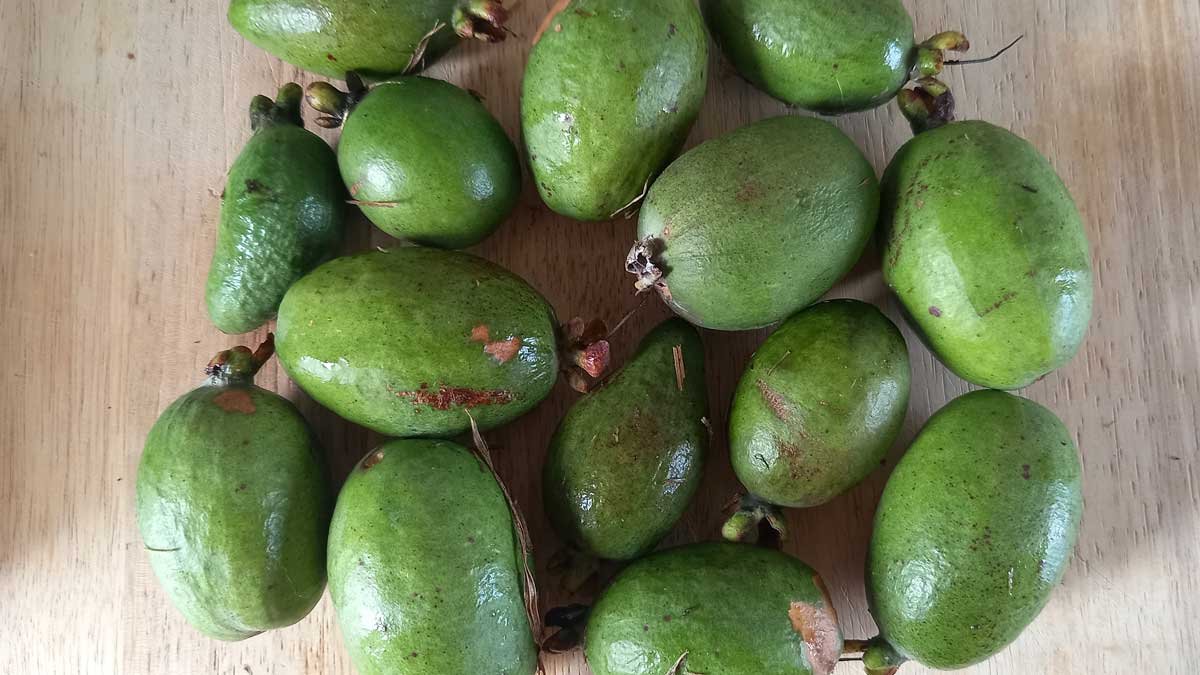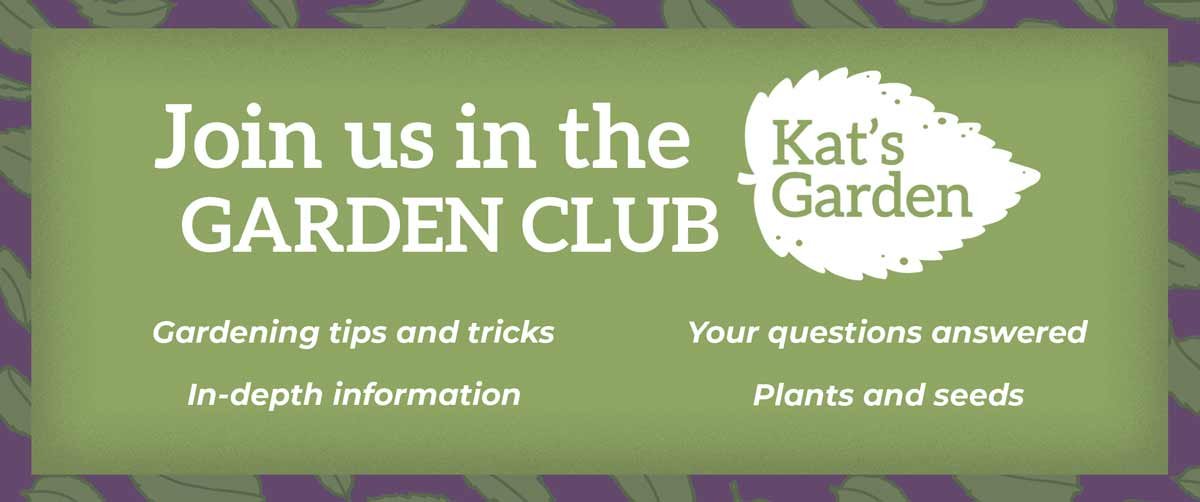Buying fruit trees is an investment. There’s the money you pay when you buy the tree; then there’s the time you spend planting, growing, and caring for it before you even see your first harvest.
If you’re going to spend the money and time to plant a fruit tree, it’s worth a bit of forethought to make that investment to pay off.
A couple of years ago I spent some time working in a garden centre, where I helped dozens of people choose fruit trees. Over time, I found that the perfect tree for you is about four factors of consideration away.
Like many people, I’m better at giving advice than taking it, so I’ve also made some mistakes that you can learn from if you’re so inclined.
Sometimes it’ll take some hunting to find the perfect tree for you, but we’re lucky in New Zealand to have a wide range of quality fruit tree suppliers.
Many of them are small businesses working with some really niche plants. I’ve included a list of everyone I can think of the end of this post. If you get to the end and they have the plant of your dreams, consider giving them your support and go get it!
Grow what you eat
When you are facing several kilos of fruit becoming ripe at once, you best hope you actually want to eat it!
The number one rule of planting a fruit tree is to plant what you want to eat. It will only save you money if you’d pay money to buy the fruit in the first place.
There’s very little point growing bananas if you don’t enjoy eating them. You’ll be left with dozens of bunches of bananas all becoming ripe at once. It pays to have a plan for that before you plant your tree.
There’s a huge variety of tastes and textures within a fruit species – apples are a good example of a fruit where individual varieties can have very different flavour and texture profiles. There’s a big difference between a ‘Meyer’ lemon and a ‘Lisbon’ lemon in terms of taste as well.
A ‘Meyer’ is a cross with a mandarin, making it much sweeter. It’s great for desserts. But if you want that acidic lemon flavour for fish, salad dressings, or your gin and tonic, it won’t hit the spot as well as a ‘Lisbon’.

Different varieties within a single species can ripen at different times. After the first lockdown, I purchased a ‘Miho’ satsuma mandarin. It’s a good wee producer and gives us a nice harvest of mandarins each year. The fruit is just coming ripe now.
But last year I decided I wanted to extend the season. We like mandarins and we eat them. So I went and purchased a ‘Silverhill’ satsuma mandarin. It’s still a young tree, but it has two mandarins on it, and they are still green.
By the time we finish the fruit on the ‘Miho’, the ‘Silverhill’ should be ripening up, spreading our harvest over a longer period.
However the mounting pile of feijoas in our fruit bowl this year indicates I might have made a huge mistake. I’ll get to that later.
Climate and microclimate
When I purchased a property in the Far North, I thought I was trading my dreams of growing cherries and nectarines for pineapples and bananas. Stone fruit usually require a certain number of ‘chill hours’ – where they receive temperatures between 0 and 7ºC – to set their fruit. Some years, we’re lucky if winter sneezes at us in the ‘winterless north’.
But it’s not entirely as simple as that. One tree I’ll be looking out for this buying and planting season is a Lapins and Stella double-graft cherry. A ‘normal’ cherry tree can require up to 1200 chill hours – something we are never going to get. But Lapins and/or Stella need more like 450-700, which we might actually have a shot at.
Apples also have a chill requirement. The previous owners of this property worked around this in two ways. Firstly by buying trees appropriate for and adapted to our climate from a local nursery specialising in heritage varieties.
This strategy works in reverse too. There are ‘warmer climate’ fruits like bananas and avocados that grow well in cooler climates if you do your research.
The second thing our former-owners did was to plant in an appropriate microclimate. The orchard can get a frost even when the rest of the property doesn’t. The sun takes a little longer to get there on a winter’s morning, keeping the temperatures lower for longer. As a result, we’ve continued to plant the area with stone and pip fruit.
Figuring out the areas of your property that are warmer or cooler because of their microclimate – combined with choosing the appropriate variety for your climate – might mean you can grow something you previously thought was impossible.
Rootstocks
The variety of fruit you’ve chosen is often grafted onto a ‘rootstock’. Rootstocks provide extra advantages to the tree and are worth putting some thought into.
For example they can limit the size of the fruit tree. In citrus fruit, ‘Flying Dragon’ rootstock will limit the size of your citrus tree to a manageable 2m.
Citrus are traditionally a warmer-climate fruit, but when they are grafted onto Citrus trifoliata rootstock, they are able to tolerate lower temperatures – something that makes the ubiquitous neighbourhood lemon tree possible even in frosty places.
Rootstocks can also improve performance in certain soil types. If you were buying an apple tree and you had heavy clay soils, you might choose a variety grafted onto a ‘Northern Spy’ rootstock, which is better adapted to your soil conditions.
They can even help provide protection from common pests and diseases. You can really use rootstocks to your advantage to get the perfect tree for your property if you put some thought into it.
Here’s a great guide to help choose rootstocks.
Pollination
OK. You know you what fruit you’re prepared to eat, bake, store, sell, or give away in big quantities each year. You’ve worked out the perfect variety and rootstock that suits your property and palate. There’s just one more thing to check to ensure it actually produces fruit.
Does it need a pollinator? Some won’t. Most citrus don’t. In which case, you’re ready to go.
Some varieties are largely self-fertile. One plant is all you need. But even these self-fertile trees will do even better if a second variety – chosen to flower in a complementary pattern – is nearby.
That usually means two trees, but there are a couple of crafty ways around this. In a suburban environment, you can co-ordinate with a neighbour. If they grow an ‘A-type’ avocado, and you grow a ‘B-type’, then you’ll both get lots of avocados without the footprint of two avocado trees.
Or you can do like I plan to with my cherry – purchase a double-graft tree that has two varieties growing on one rootstock. These varieties are usually chosen to pollinate each other. This means you get two varieties of fruit off the footprint of one tree.
Similarly, if you can find scion wood for a variety you’d like to grow, you can graft it onto an existing tree. Perhaps you’ve just realised that the reason you’re not getting fruit is because you don’t have a pollinator.
It’s possible to take a fresh branch from another variety and join it onto your existing one, where it’ll continue to grow and provide pollination services.

This is the step where I made a crucial mistake with my feijoas. Of seven trees, I have four varieties. They work really well to pollinate each other. Too well. I really hate feijoas (remember rule #1?), and Richard… just isn’t eating them.
It’s struck me in the years since they were planted that I should have planted 7 feijoa trees of the same variety. This would have limited pollination and I could have had the benefit of a wind-tolerant tree sheltering the vege patch without the mounting fruit bowl of devil fruit!
Where to get your fruit trees
Obviously, you can go to your favourite garden centre and buy your fruit trees. We get one or two each year to slowly build our collection.
A bunch of really big, good nurseries sell their trees at mainstream outlets and the people ordering them usually do consider the local climates and soils. With a bit of luck, they’ll have what you’re looking for.
But over the years I’ve built a bit of a list of smaller fruit tree suppliers. I haven’t dealt with them all, but many have fruit trees I’m just waiting to have the right spot (or enough money) for.
Most of them will be open for orders soon, so now is a good time to look through their old catalogues and do some planning.
To help with that, I really recommend the website Fruit Fool. It’s specifically designed to help you put all these factors together to find the perfect tree. Then, when you know what you want, try these suppliers to source it.
Aunt’s Garden – Far North-based small seed, cutting, and plant supplier specialising in permaculture and edibles.
Edible Garden – Manawatu-based nursery specialising in most traditional fruit trees.
Exotica – specialises in hard-to-find plants and special varieties. Worth the expense.
Forgotten Fruits – Northland-based heritage fruit nursery. Taking the 2023 season off.
Flying Dragon Nursery – Kerikeri-based citrus nursery with a very wide selection.
Kahikatea Farm – Hawkes Bay-based nursery specialising on less mainstream plants with multiple uses.
Kōanga Institute – organisation dedicated to the preservation of New Zealand heritage fruit trees.
Mara Whenua Apples – Kaitaia-based apple-tree nursery.
Subtropica – Gisborne-based nursery specialising in edible tropicals.
Subtropicals Aotearoa – Waipu-based nursery specialising in banana and other subtropical plants.
Thunder Mountain – Whangārei-based apple nursery.
Twin Falls Nursery – Northland-based nursery specialising in permaculture support species and food forestry.
Of course, many of these nurseries are based near me, so if you have a favourite I’ve missed, please feel free to sing their praises in the comments.




This is interesting : Grow a Little Fruit Tree: Simple Pruning Techniques for Small-Space, Easy-Harvest Fruit Trees
Ann Ralph
She also used to work in nursery where the boss used to cut the tree in half ( or more ) when the customer had just bought. Pruned in a good way.
Oh fantastic, thank you. I’m just getting started on a ‘deep dive’ on pruning for my Garden Club members and that’s in my local library, so I’ll check it out. And yes, that’s how you know you’re in a good garden centre!!